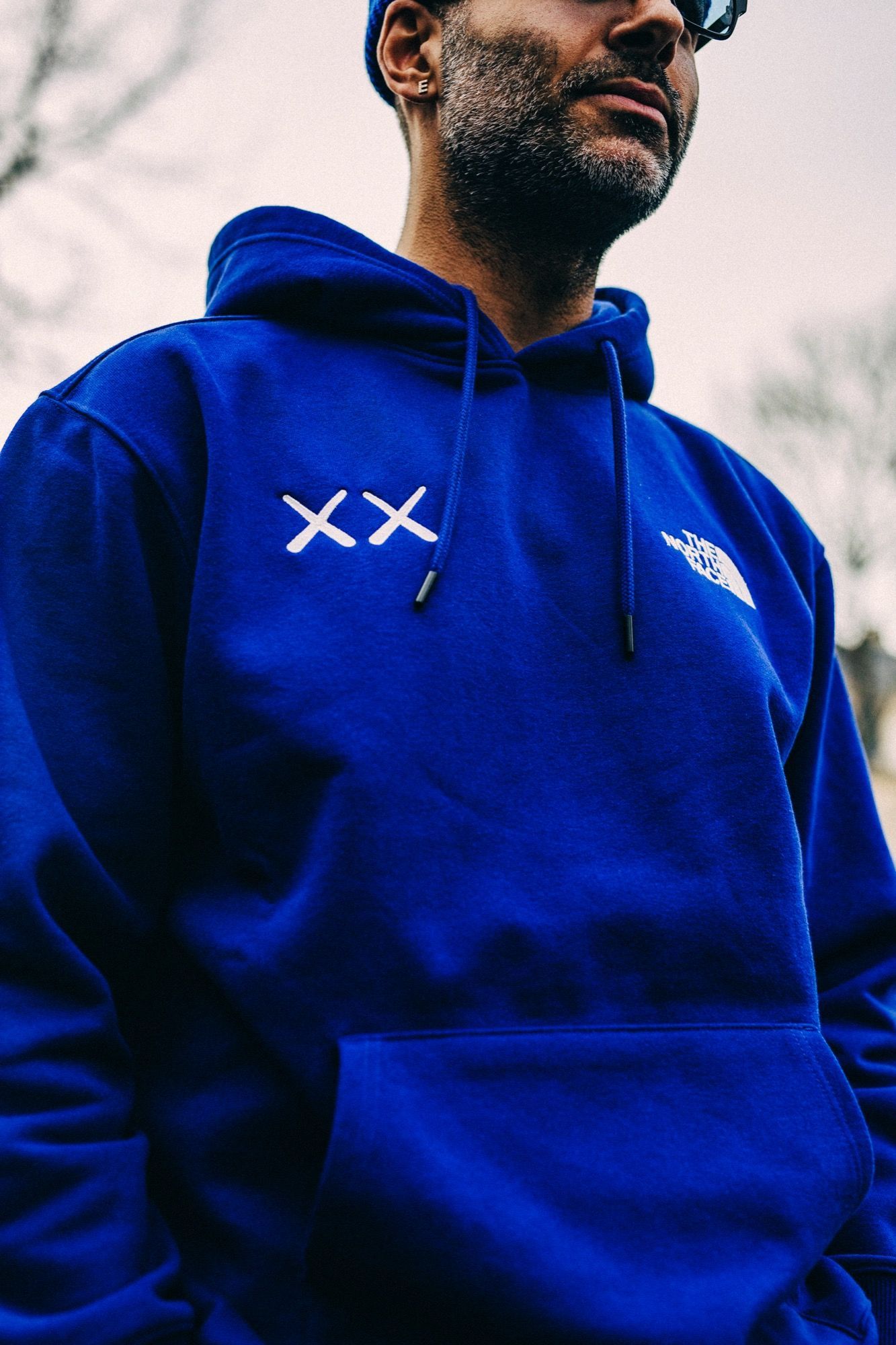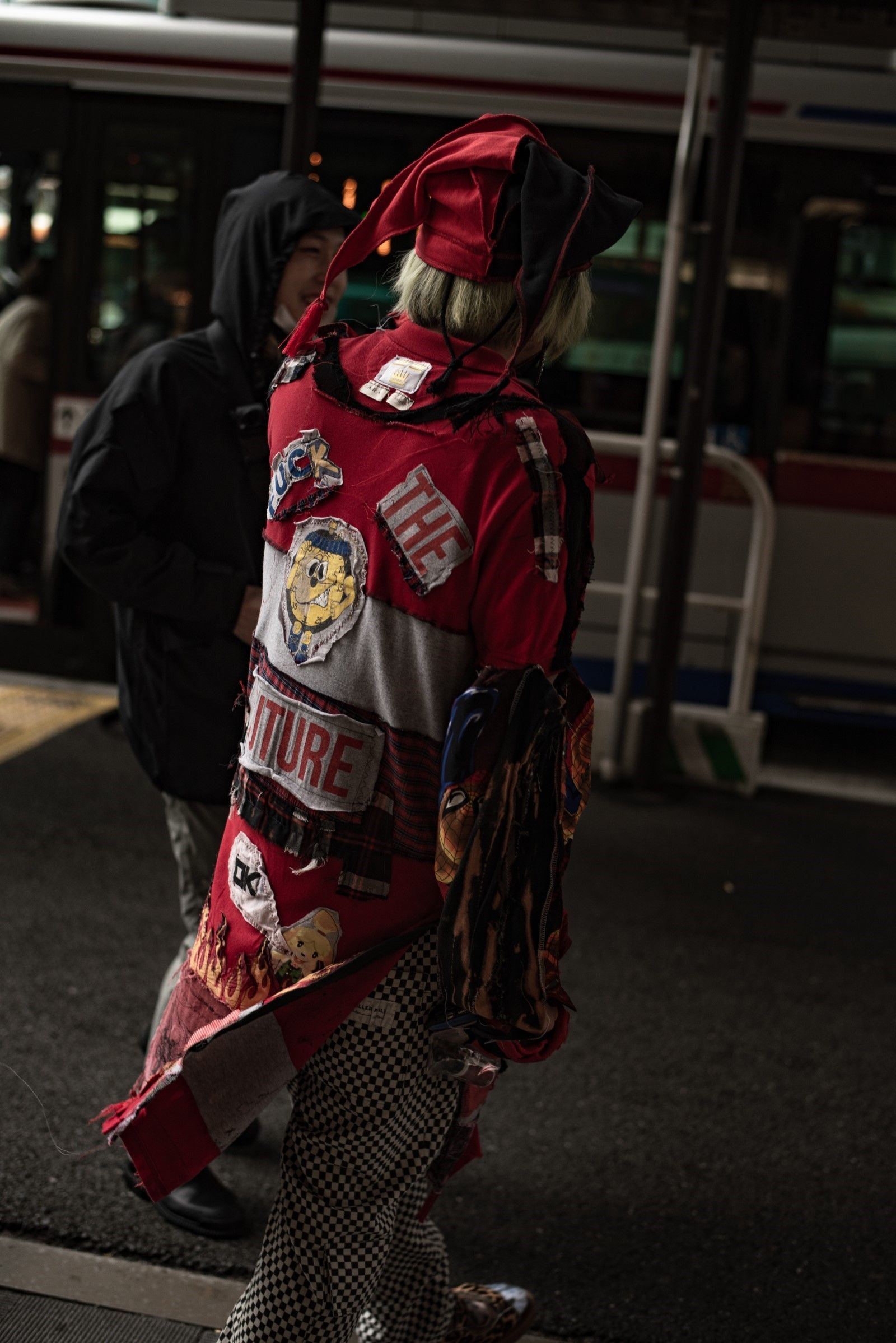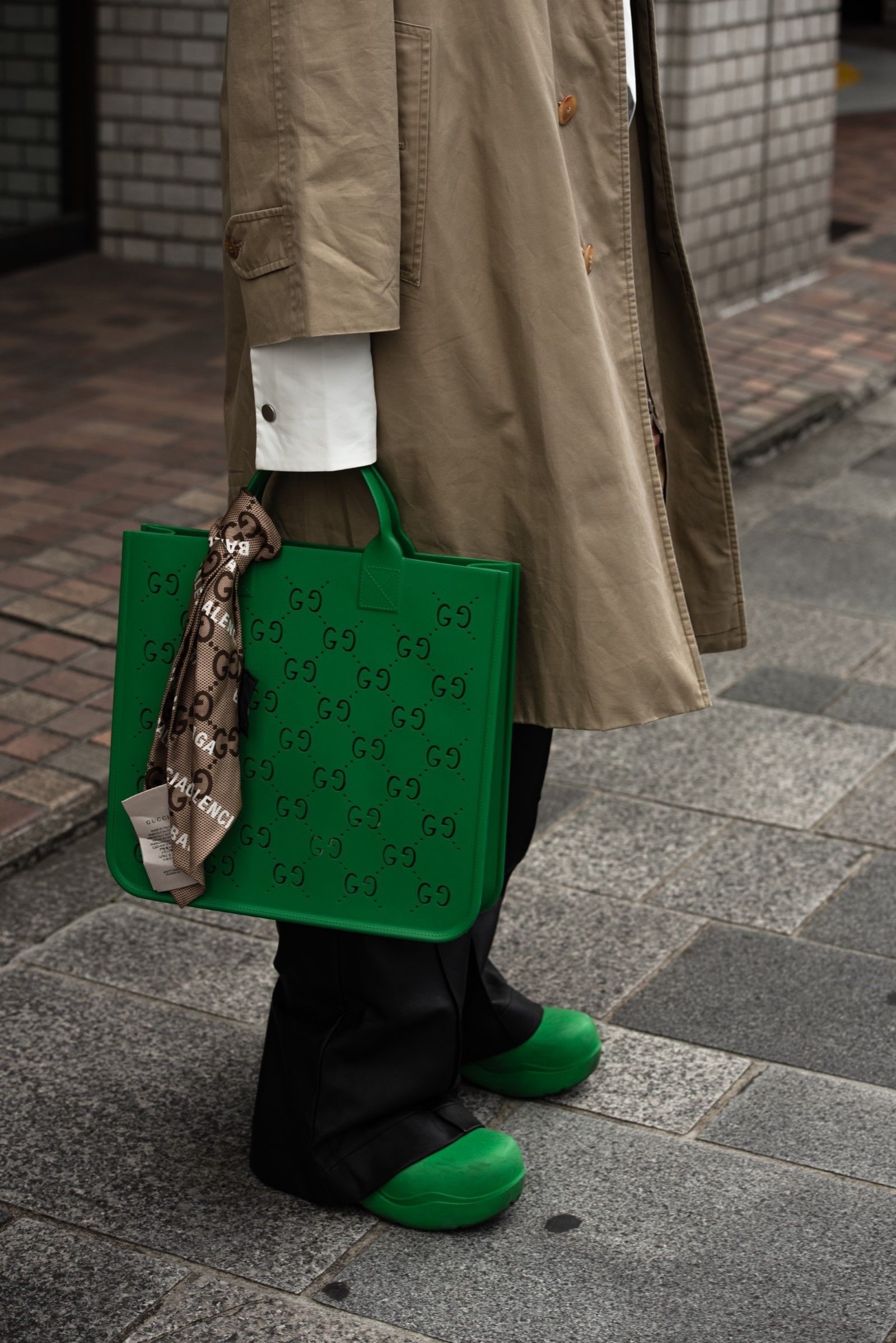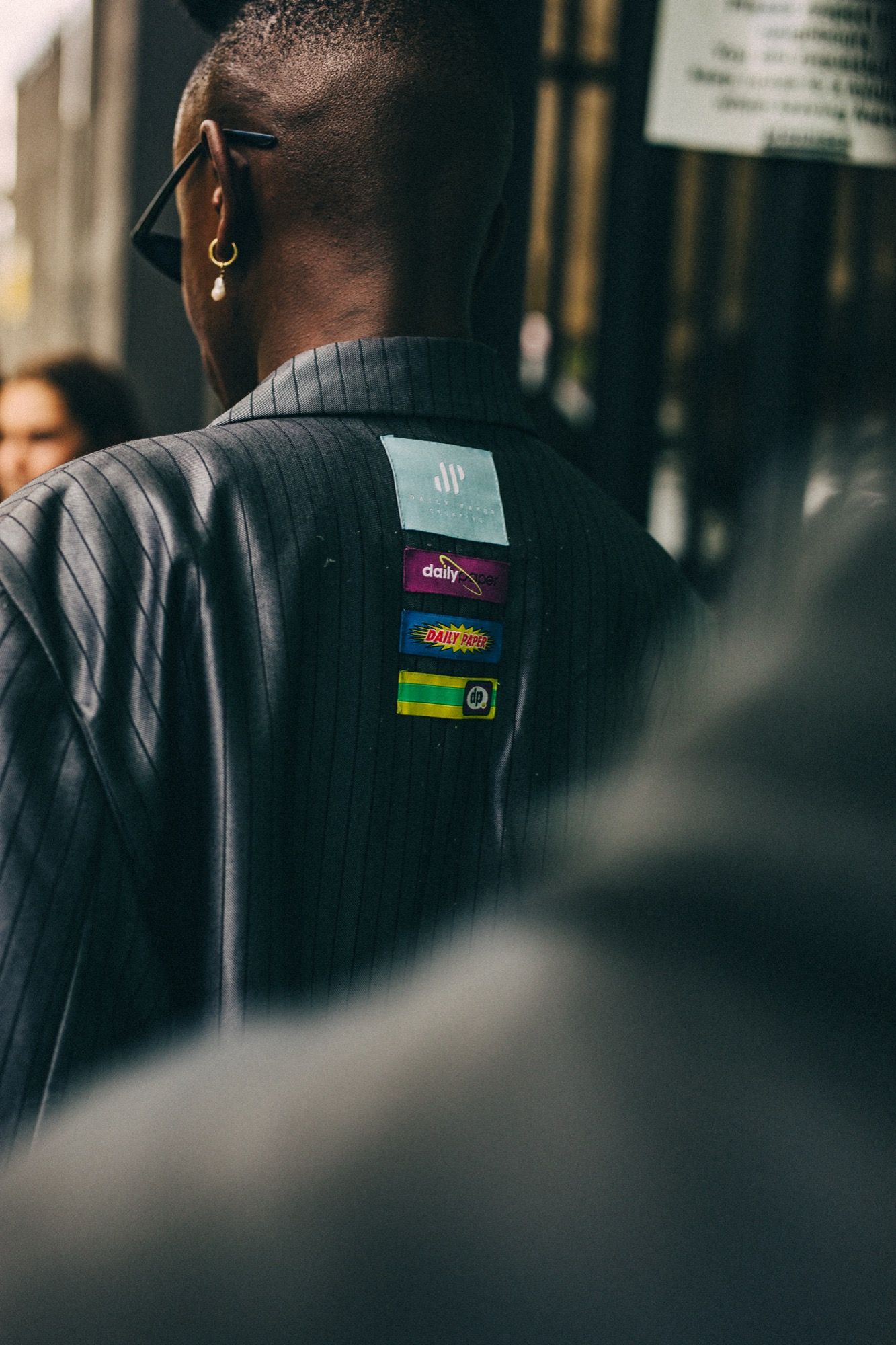
Should we prepare to say goodbye to clothing labels? An American trade association would like it to be so
There has been a lot of discussion in recent days about a proposal put forward by the American Apparel & Footwear Association to the U.S. Congress concerning the future of the inner labels on garments - to be clear, not the ones bearing the brand name but the ones usually placed on the side that include, precisely, the composition, washing instructions and other useful information that includes indications about the origin, sustainability of the garments and so on. The main problem, according to the paper, would be that these labels have come to include so much information that they look like pamphlets and present, for manufacturers, problems regarding the language of the labels: if this has to be changed according to the sales market, there is extra work for manufacturers; if, on the other hand, the label is multilingual, its size becomes excessive. Another thing Alden Wicker notes in the pages of BoF, founder of the website Ecocult and an independent fashion and sustainability journalist, is that the habit developed by consumers is to cut away these labels turning all the effort of brands into waste. Answer to this problem, according to the association, would be the conversion to digital tags, which through a QR Code or other form of code could allow consumers to access web pages that conveniently include all the information, in a readable and extended way. The proposal does not actually seem excessive, yet if it were to come to fruition it could have important consequences for the production, tracking, and resale of clothing. But is it a feasible project?
The main challenge, again according to Alden, is to get this new policy adapted to all brands in a unified way so as not to confuse consumers-which would involve some organizational effort on the part of the companies that own the brands. The effort would be multiplied by thinking about how different continents and states have different rules about the type of labels required. According to the proposal's signatories, however, this kind of investment could serve to multiply dividends in a few years, although the main ambiguity lies in the willingness of brands to embark on this venture. Already, some brands employ similar solutions to varying degrees, combining QR codes with their physical labels that still carry essential information such as composition, washing instructions and place of manufacture.
But could the switch to digital become the one-size-fits-all solution for the future? According to the American association, this is inevitable, although completely digitizing all labels on all clothes could pose difficulties. If in the field of fast fashion or high street it does indeed happen that labels are cut off, this is not the case when it comes to luxury fashion: any reseller or user of a secondhand platform will be able to confirm that a garment with cut-off labels and unverifiable provenance would be difficult to sell. Not to mention how the guarantee of authenticity constituted by the physical label also resides in the fonts used, the texture of the fabric, its stitching - if everything were reduced to a single tag with a QR Code forgery might be easier, at least as far as consumers are concerned for whom verification would be impossible, perhaps because they are buying from a platform like Vinted or Vestiaire Collective and only see the garment in a photograph. This is without mentioning how, at the time of purchase, it is much more practical to be able to read the composition of a garment in analog form than to scan each individual label with one's smartphone. And it is also clear that the whole system of digital tags assumes the existence of always-on servers, networks and data connections that must remain intact: isn't it easier and more intuitive to be able to physically read the information without the medium of screens and connections?
The digital garment ID solution, however, has undoubted advantages-nominally the amount of information that can be included on a garment, the complete traceability of all materials that would not have to be entrusted to codes and acronyms that are difficult to replicate, and also the immediacy in finding that information. Perhaps tomorrow we really will have to get used to all-digital tags, but until then the most reasonable compromise remains a more concise physical tag, perhaps with washing instructions and composition, which then entrusts the rest of the information to a QR Code.






























































